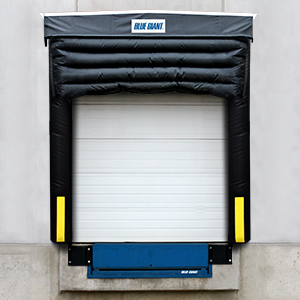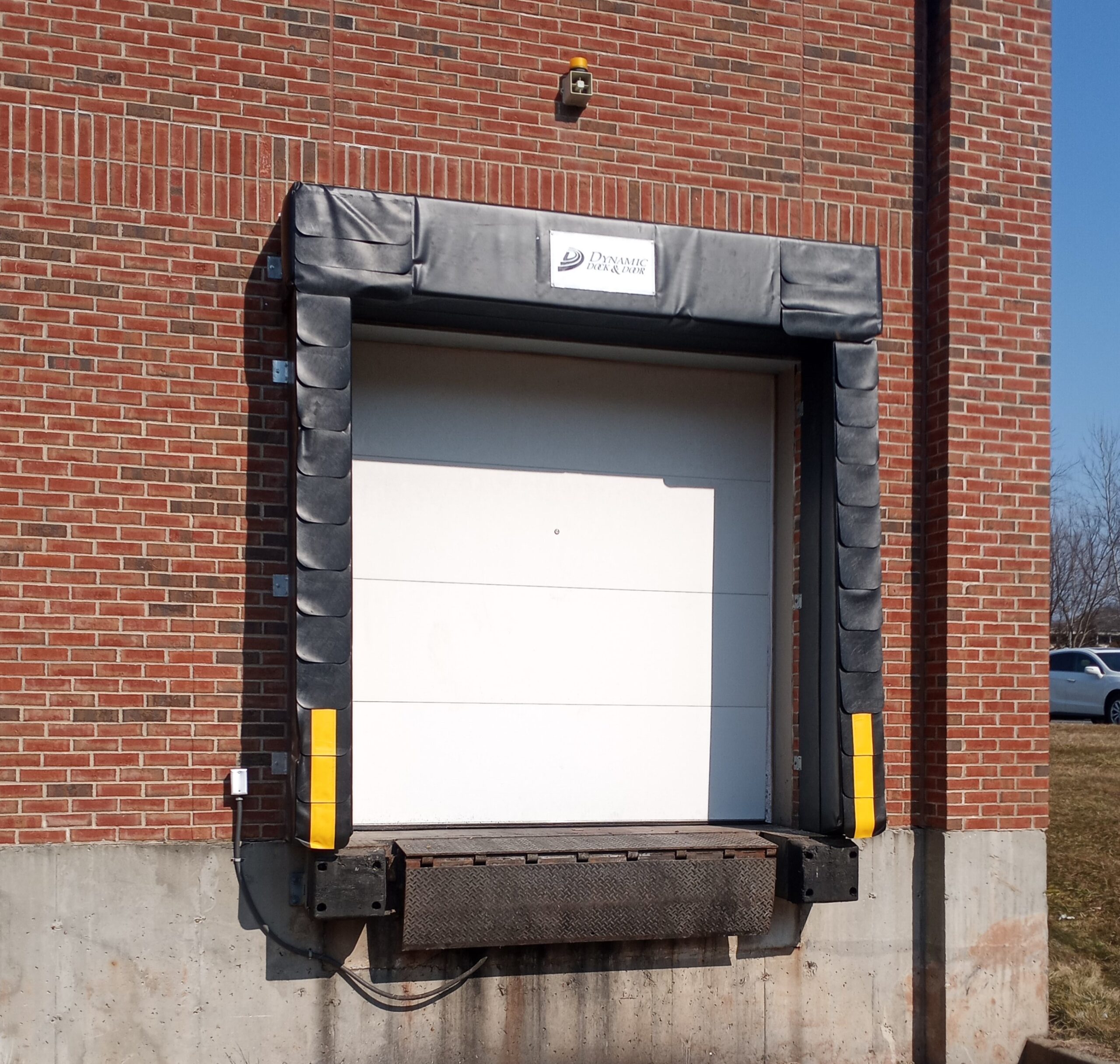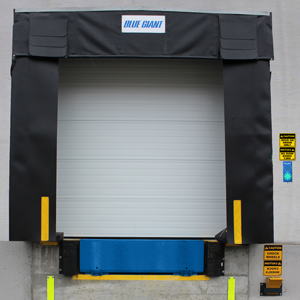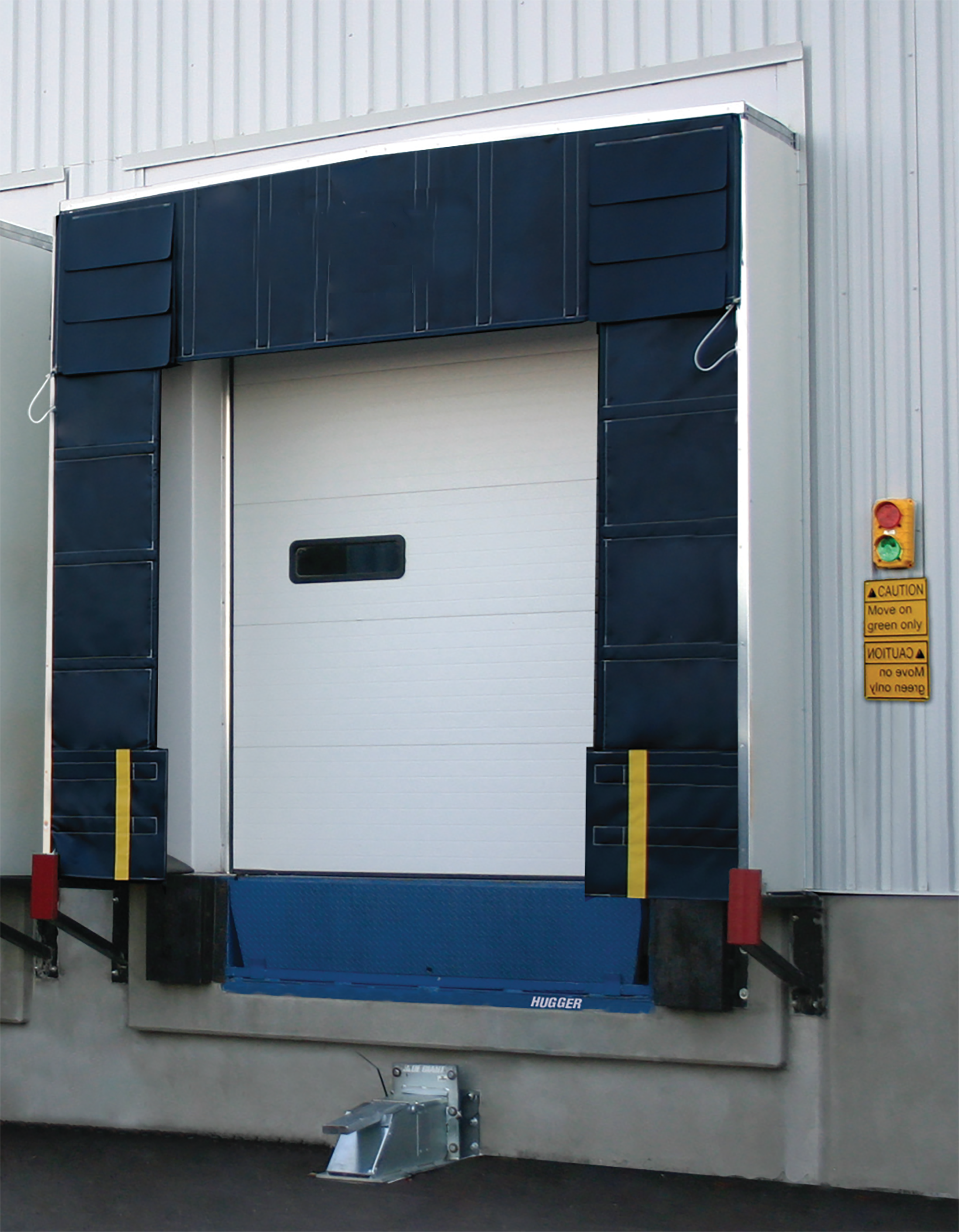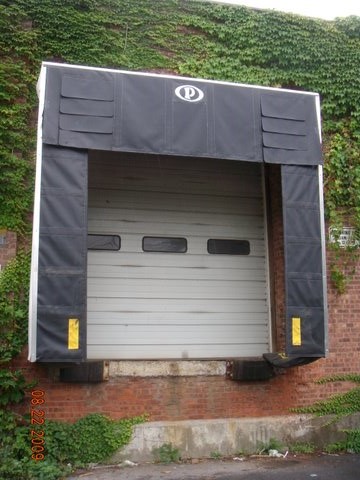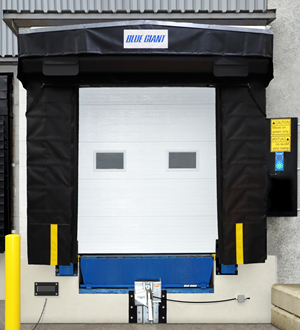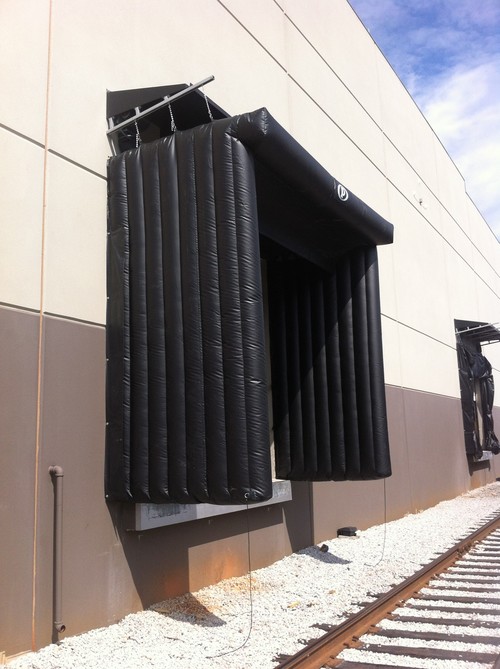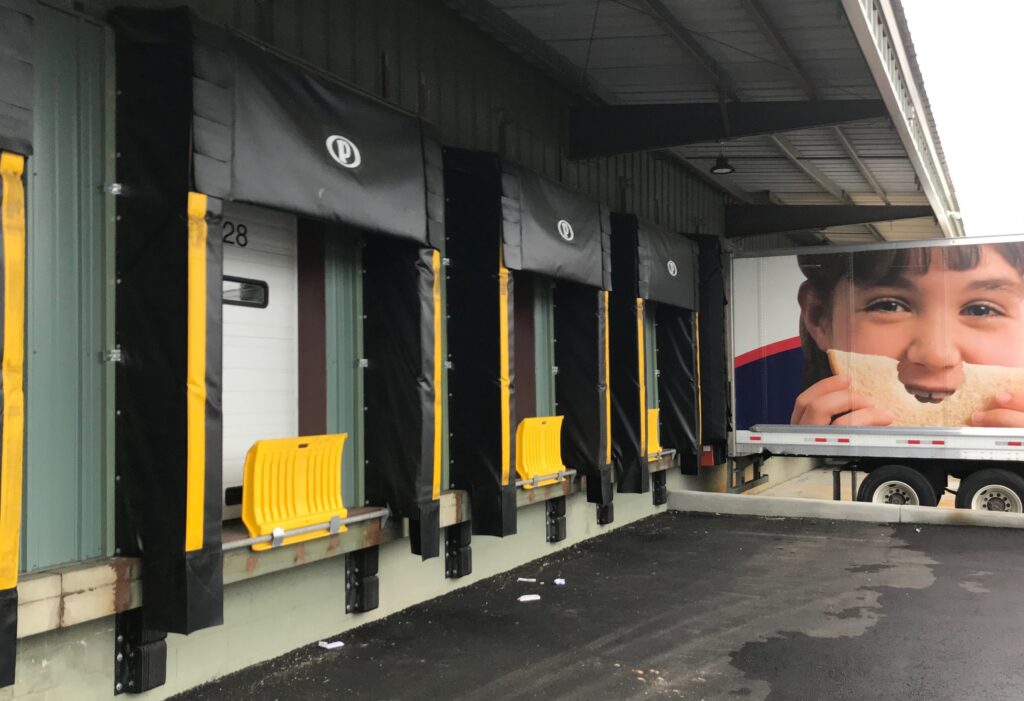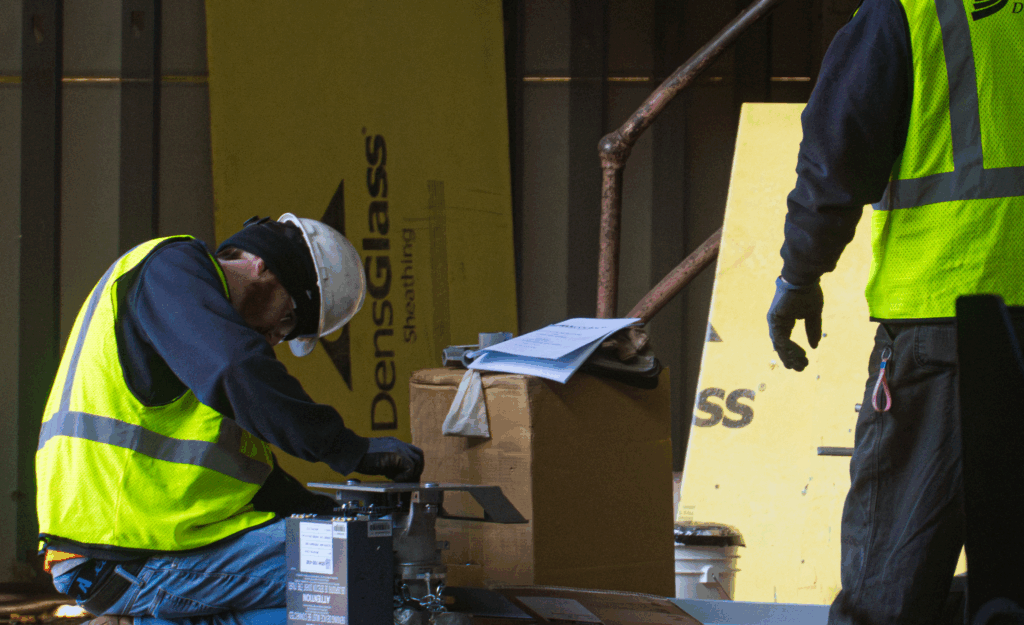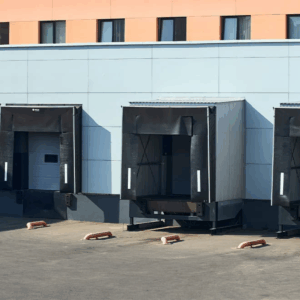Energy-Efficient Dock Protection
Seals and Shelters Designed for Performance
Dynamic delivers dock seals and shelters engineered to protect goods, improve safety, and reduce energy loss at loading docks. Our services include:
- Dock seal installation and repair to provide tight trailer-to-dock seals
- Dock shelter solutions to fit varying trailer sizes and enhance access
- Weatherproofing and insulation upgrades for energy conservation
- Planned maintenance programs for long-term dock optimization
- Safety solutions to keep workers and visitors protected
With nationwide service and 24/7 emergency support, we keep your docks safe, efficient, and ready for heavy-duty operations.
Nationwide Dock Protection Solutions
Expert Technicians, Dependable Protection
From custom installations to rapid emergency repairs, Dynamic helps your dock seals and shelters deliver reliable performance in every environment.
5 Ways the Right Dock Seals & Shelters Maximize Energy Savings
By Jordan Hammers |
Facility managers are always looking for ways to lower energy bills and extend the life of their equipment. But one of the biggest culprits behind energy loss might be right behind your building: your loading docks. Worn or poorly fitting dock seals and shelters are more than a minor annoyance. They quietly drive up HVAC…
Read More Downtime Reduction Guide – Planned Maintenance for Doors, Docks, and Access Points
By Dynamic |
Downtime costs money, disrupts schedules, frustrates teams, and puts safety at risk. Whether you’re managing a warehouse, retail site, or high-throughput facility, this guide gives you the actionable strategies to reduce emergency repairs, extend equipment life, and maintain 24/7 operational confidence. Inside you’ll find: Download the guide now and take the first step toward more…
Read More Rolling Steel Doors vs. Sectional Doors: Which Is Right for Your Facility?
By Jordan Hammers |
Choosing the right overhead door isn’t just a matter of preference; it’s a decision that affects long-term performance, security, energy efficiency, and cost. And for many facilities, the choice often comes down to two common types: rolling steel doors and sectional doors. One is not better than the other. Rather, each type has design, functionality,…
Read More 
